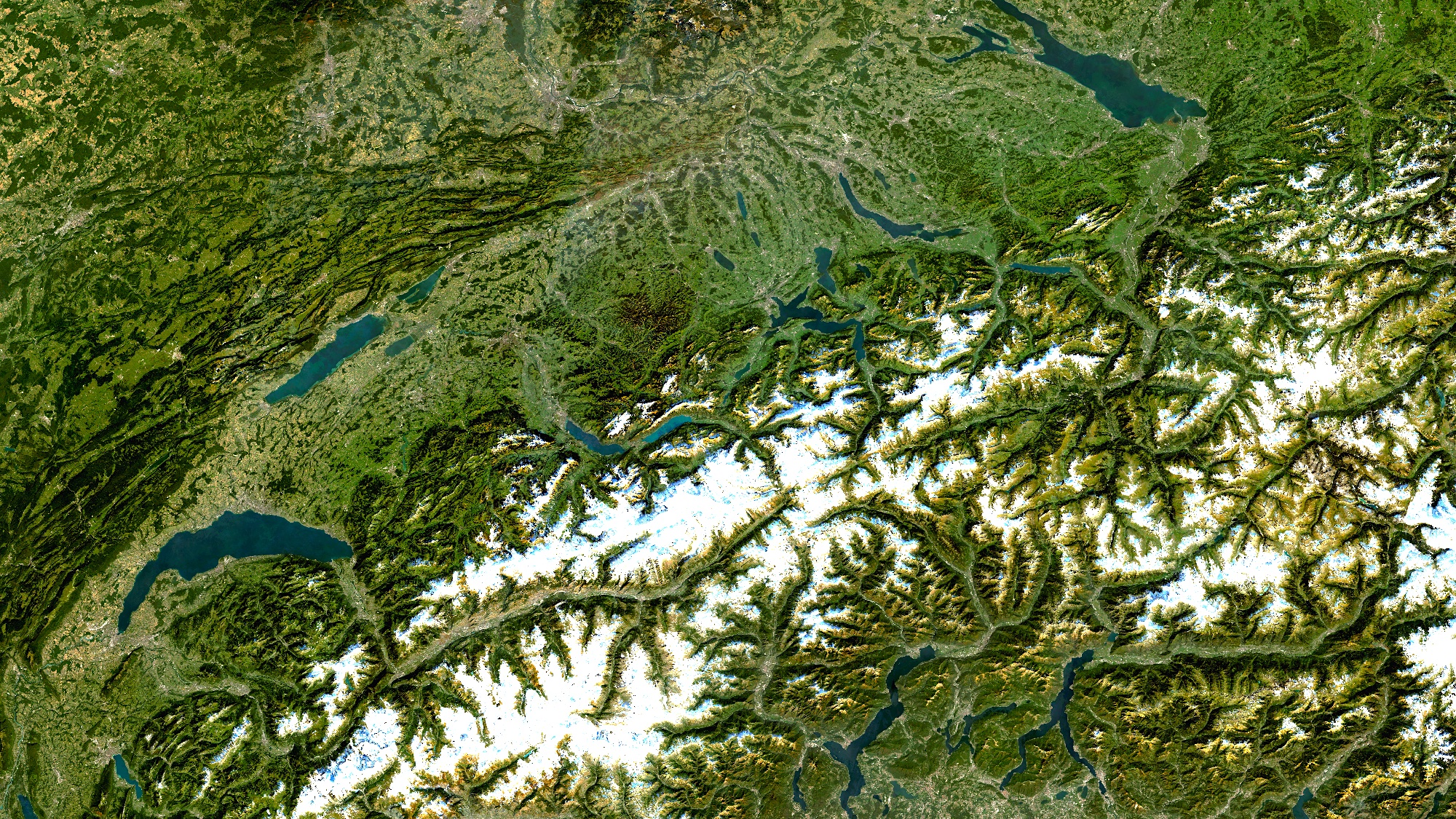The Swiss Data Cube – Insights for action
The SDC will improve our understanding of Switzerland’s changing landscape, providing much needed insights, knowledge and analysis for more informed, strategic and inclusive decision making across the country. This information will benefit policy makers and public officials, enabling them to make better decisions, and will increase commercial efficiency and economic growth for businesses and entrepreneurs across the country.

Tweets
New publication! We used a 35-year #Landsat time-series to assess vegetation greenness across #Switzerland. We identified a potential critical point of changing land conditions:
@UNIGEnews @unige_ise @sciences_UNIGE @GRIDgva #EO4impact #LandCover






